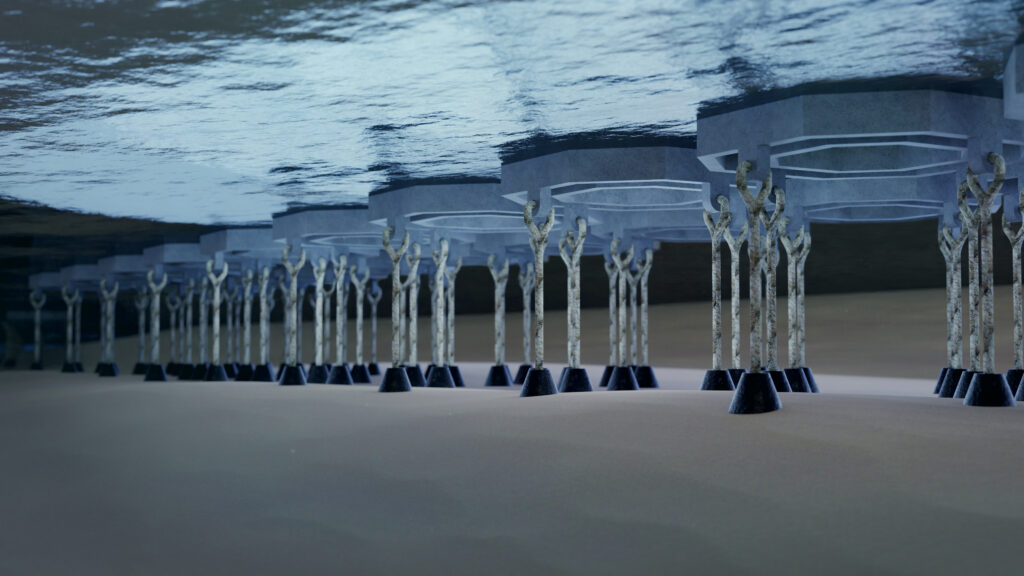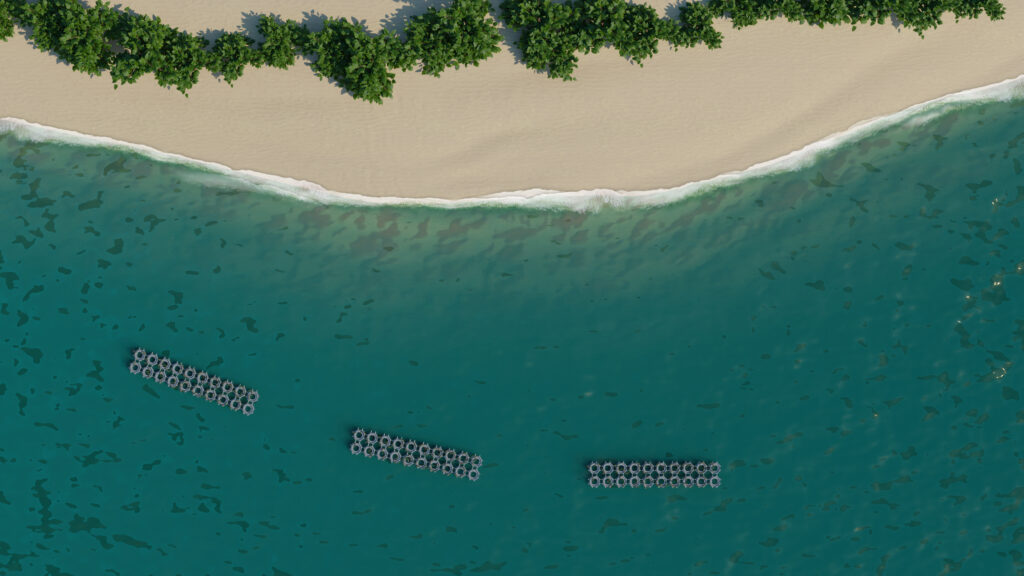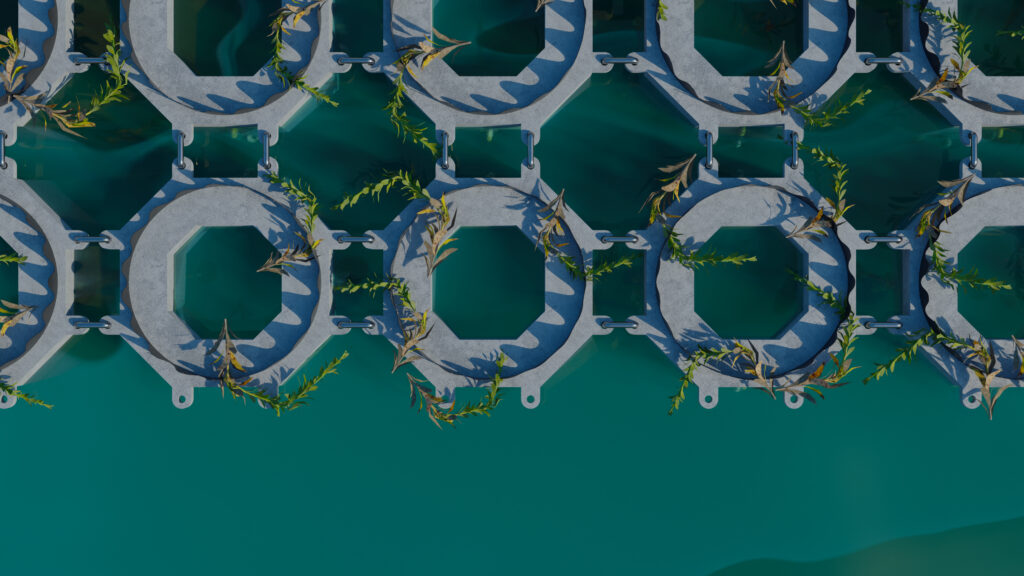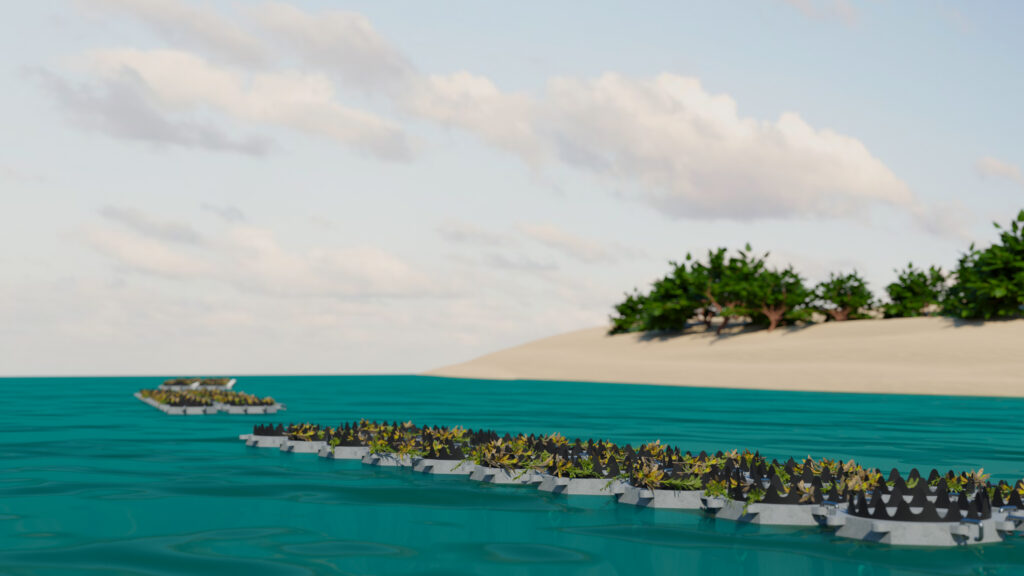
Seagrass Farm
Seagrass was a research project in collaboration with ArtEZ Future Makers, Fatboy, The Fieldwork Company, Tapijtmuseum Genemuiden, Wageningen University & Research. Together we looked to find new and innovative solutions for the historical and natural material: Seagrass. Seagrass was a material that used to be abundant in The Netherlands before the late 1920’s due to the closure of the Afsluitdijk dam of the Zuiderzee Works. It was commercially and domestically used for the production of isolation materials, mats and fillings for pillows and matrasses.
Currently, Seagrass is washed ashore on coasts of other European countries such as Germany, Denmark, Italy, and Spain to name a few. Once the seagrass is washed ashore it starts to decompose and that does not produce a pleasant sight nor smell for visiting tourists. Many European countries continuously clean up the beaches to maintain a pristine beachside image. The seagrass is often discarded directly into landfills without any secondary purpose, with exemption of it occasionally being used for fertilizers on farmlands. This unnecessarily increases the production of greenhouse gasses into our atmosphere.
In 2022 I was challenged to design a solution for this natural material which potential is currently gone to waste. We specifically researched the potential of the seagrass species Posidonia oceanica and Zostera marina. Based on the knowledge provided by Wageningen University, if seagrass is collected immediately after it is washed ashore the beneficial properties can be preserved. This could lead to sustainable applications of seagrass with a minor environmental footprint. Based on this information I developed a system that could catch the seagrass before it washes ashore. This preserves the beneficial properties and increases the quality of the seagrass which can be harvested. These concrete basins float in a similar way that houseboats can float on water and are interlinked with weights. The designs are made to be easily scalable and accessible, without interfering with the beachside atmosphere for tourists.
Currently the designs of the harvesting mechanisms are only prototyped in sketches. However, the plan is to produce 3D and life-sized prototypes. This project is in the process of finding financial support in order to test the designs in action and to help the further development of this sustainable and durable material. If you are interested in supporting this project please contact me at paul_hulsebosch@hotmail.com


